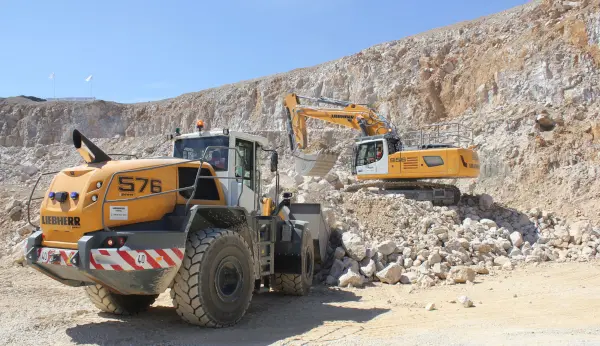Economic Aggregates
[img_assist|nid=12636|title=|desc=|link=none|align=right|width=200|height=200]This issue, economics director of the Quarry Products Association (QPA) Jerry McLaughlin offers his views on the impact of the Prime Minister’s drive for more new homes across the UK and notices the numbers don’t quite add up.
New housing development and the associated infrastructure is a big market for the aggregates industry, probably accounting for 15-20% of the total market. So when Government talks about the need for millions of new homes by 2020 the implications look pretty significant for the sector. So is this as good as it sounds?
The good news is that housing supply is much higher up the political agenda now than previously. And this is hardly surprising given it was the Treasury under Gordon Brown that commissioned investigations into housing supply and the operation of the planning system by economist Kate Barker.
A big increase in housing supply being needed to meet current and future demands, and the need for an urgent rethinking of a woefully inadequate planning system were two of the conclusions drawn in the investigation’s report. And they ruffled a few feathers.
Part of the reason for this prickly plumage was that the work had been carried out by an economist working for the Treasury. “What does the Treasury know about housing and planning?” bemoaned the experts – apparently happy with the existing system!
Now the lead at the Treasury during the investigation is Prime Minister. And he is keen to fix the problems he found with the system. That means there is more political weight behind improving housing supply now than there has been for many years.
But the real uncertainty is not about the politics, but about delivery. The additional housing requirement quoted by Government is two million more homes by 2016, and another million by 2020 – these figures apply to England only as housing and planning policies are devolved decisions.
The latest Communities and Local Government (CLG) figures show that housing completions in England are running at nearly 170,000 a year, with housing starts numbering 185,000. And here’s the strange bit. Over the past decade the number of recorded housing starts each year has been well above recorded housing completions.
So, over the past ten years there have been cumulatively 125,000 more housing starts than completions – this doesn’t make any sense but it’s what the official figures say. And CLG economists told me they don’t understand it either.
Taking these recorded figures and comparing them with Government plans to increase housing supply to 240,000 a year by 2016 illustrates the scale of increase of house building Government is looking for.
The intention to build two million new homes by 2016 is equivalent to 220,000 starts or completions a year. It is sensible to take these precise targets and plans with a pinch of salt. For example where will all the cash come from for more social and affordable housing?
However, despite the conflicting figures the clear message is that housing supply in England should increase substantially over the period. The deal for housebuilders and material suppliers is that sustainability will be a much bigger issue in the market.
All housing developments will be subject to more rigorous assessments under the Code for Sustainable Homes, which means suppliers of aggregates, concrete and other materials will not only be required to perform more sustainably, they will also have to formally demonstrate sustainability to be part of this market.
Jerry: 0207 963 8000



